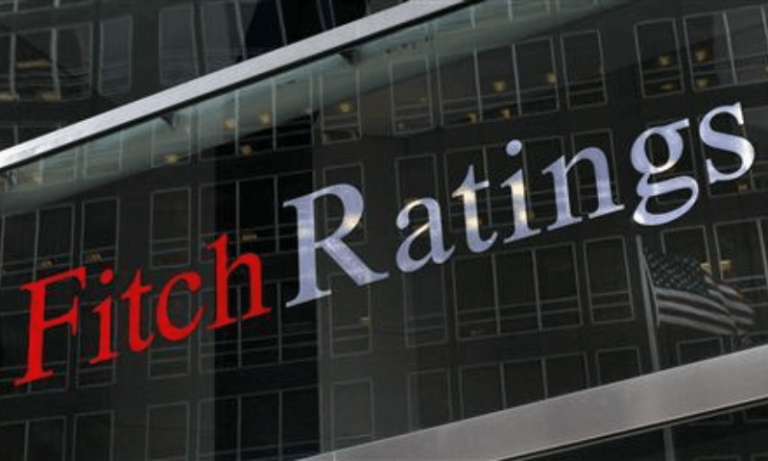Global credit ratings agency Fitch on Monday upgraded Pakistan’s long-term foreign currency issuer default rating (IDR) to CCC+ from CCC in light of the agreement between the country and the International Monetary Fund (IMF), the ratings agency confirmed in a statement.
According to Fitch, a CCC rating is a speculative or junk rating that indicates a high risk that the issuer will default on its debt.
Last year, the IMF upgraded Pakistan’s long-term foreign currency issuer default rating to ‘CCC’ from ‘CCC-‘ following approval of the IMF loan in July, but the rating still indicates that the country’s credit risk is significant.
“The upgrade reflects increased certainty over the continued availability of external financing in the context of the Staff-Level Agreement (SLA) signed between Pakistan and the IMF for the new 37-month $7 billion Extended Fund (EFF),” the institution said in a statement on Monday.
Pakistan and the IMF signed a three-year, $7 billion aid package deal on July 12, 2024, bringing a much-needed respite to the country.
The new program, which is subject to approval by the IMF’s executive board, should enable Pakistan to “consolidate macroeconomic stability and create conditions for stronger, inclusive, and resilient growth,” according to the IMF.
Fitch highlighted that the government’s effective performance under the previous IMF agreement has helped the country’s “fiscal deficit narrowing and rebuilding foreign exchange reserves, with further improvement expected.”
But he said the country would be in a vulnerable position if it failed to “implement challenging reforms.”
The agency also said that by the end of August the government would need to “obtain new financial guarantees from bilateral partners, primarily Saudi Arabia, the UAE and China,” and that it expected a total of about $4 billion to $5 billion would be needed for the deal.
“We believe this is achievable given the strong track record of support to date and the significant policy measures in the recent Budget for the financial year ending June 2025 (FY25),” it said.
Fitch further noted the government’s ambitious reforms, adding that they aim to “address long-standing structural weaknesses in Pakistan’s tax system, energy sector and state-owned enterprises, alongside efforts to improve exchange rate flexibility and the monetary policy framework.”
The committee also praised the government for setting a target of increasing tax-to-GDP ratio by 3 percent from less than 9 percent in FY24, including through higher taxes on the country’s influential agriculture sector, which will need to be legislated at the state level.
Reserves remain low despite recovery
Fitch also noted that the country’s foreign exchange reserves (FX) have recovered but remain at low levels.
The State Bank of Pakistan (SBP) stressed that it is “rebuilding its foreign exchange reserves amidst fresh capital inflows and limited CAD inflows.” [Current Account Deficit]”
“We estimate that total official reserves, including gold, will increase from about $10 billion at the end of June 2023 to more than $15 billion (about three months’ worth of imports) in June 2024,” the agency said, adding that it expects them to “increase to about $22 billion by fiscal 2026, approaching the 2021 peak.”

